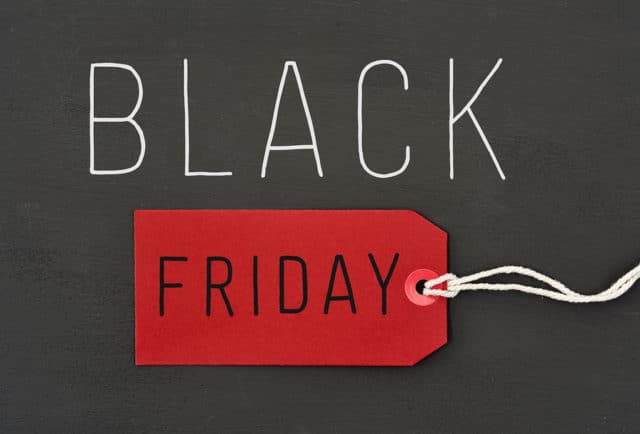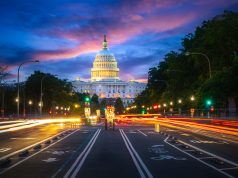It’s that time of the year that is most widely anticipated for Americans but is becoming a name in Canada as well- yes it is Black Friday, which means the craze is going to start.
Thanksgiving marks the beginning line for America’s yearly Christmas shopping madness. Bargain hungry group will stick through sliding entryways of huge box shops (now and again breaking them), pack the walkways of markdown retailers, and scrounge through the racks of retail chains amid the most recent week of November. What’s more, yes, there will most likely be a few clench hands tossed and maybe the indelicate fragrance of pepper shower.
This year, we’re probably going to see stores keep on spreading out customary doorbuster rebates over weeks, not simply on Black Friday and Cyber Monday. There’ll be more stores turning around Black Friday’s retrogressive drainage into Thanksgiving, and maybe some truly necessary uplifting news for the beset clothing industry. Keeping in mind it stays indistinct how sure Americans feel about burning through cash after a vitriolic presidential race, the National Retail Federation estimates deals amid the most recent two months of this current year (barring cars, gas, and eateries) will hit $655.8 billion, which is a 3.6 percent expansion over a similar period in 2015.
Considering this, here are some things about the current year’s shopping season you have to know:
There’s no surge: The deals will continue coming in December
About 59 percent of Americans plan to shop between Thanksgiving Day and the next Sunday, as indicated by the NRF. Here’s another approach to take a gander at that: Some 41 percent of U.S. buyers will keep their Visas holstered amid those enchantment retail days. In any case, likely not for long.
These aren’t merciless Grinches–at minimum not every one of them. Some simply jump at the chance to dawdle on blessing purchasing. Others as of now blew their financial plan. Understanding these people are out there, retailers have as of late moved deals into December. Some have even been dangling their rebates well before Thanksgiving, while others attempt to hold the line on costs until nearer to Christmas. Call it Pink November or Gray December.
Kuiu, an online retailer of chasing apparatus and attire, started its “The shopping extravaganza following Thanksgiving” deal a week ahead of schedule, on Nov. 22. It is understand that Kuiu is going after a genuinely settled measure of dollars; so the sooner it motivates them to focus on their image, the better.
The NRF said in regards to 14 percent of buyers had at any rate half of their vacation shopping wrapped up by the begin of this current week. In the mean time, there’s an uptick in the quantity of individuals searching for tranquil shopping, as indicated by a yearly Kantar Retail study. Now, it’s practically keeping pace with spending less on a rundown of needs.
A ‘Goldilocks economy’ implies this is the best time to spend your cash.
While the nation’s political talk might be unpredictable, the conditions for shopping are favorable. Financing costs, expansion, and unemployment are about as low as market analysts could trust, an uncommon arrangement of conditions that Richard Curtin, chief of the University of Michigan’s buyer certainty overview, calls a Goldilocks economy.
As anyone might expect, would-be customers are feeling generally optimistic. The Michigan purchaser certainty list rose to its most noteworthy point for the month of November in 10 years.
Without a doubt, there’s a major reference mark on that information point: It was arranged from overviews taken before the race. In spite of the fact that financial analysts stress over the effect of a Donald Trump-affected exchange war, they’re bullish on his proposed tax breaks. Undoubtedly, value markets have been ascendant—for retailers specifically.
Disregard another iPhone—you’re most likely getting socks this year
Attire and shoe retailers may get a genuinely necessary knock this year, as customers are required to spend a bigger rate of money on dress and footwear, while allotting less to purchaser hardware, as indicated by a report from Citi. All classifications of gadgets are down year-over-year, with cell phones, wellness trackers, PCs, and gushing media faring the most exceedingly terrible, the report expressed.
The attire section is being supported by athletic clothing, an intensely hot pattern over the recent years that is “as yet going solid,” notwithstanding fears that the active wear slant had run its course, as per Citi. Experts see attire and shoes making up around 14 percent of the occasion blessing-spending plan, up from 12 percent in 2015.
After reviewing these things to look out for, it is evident that people spend a lot of money on Black Friday. In regards to previous years with sales The Balance has some statistics. In 2014, the total amount spent on Black Friday was $50.9 billion. In 2013 it was $57.4 billion.










